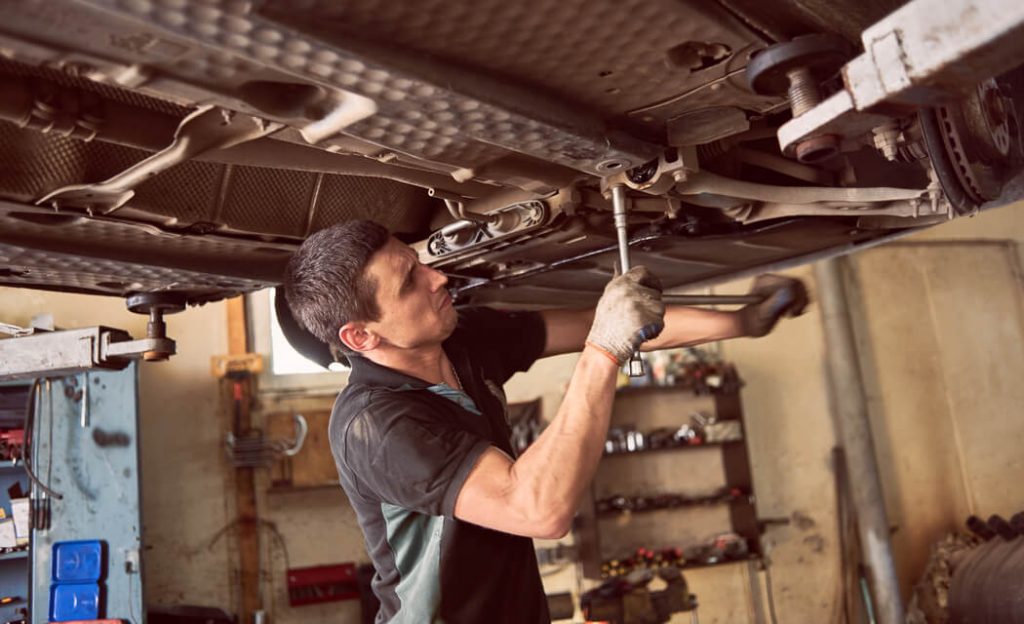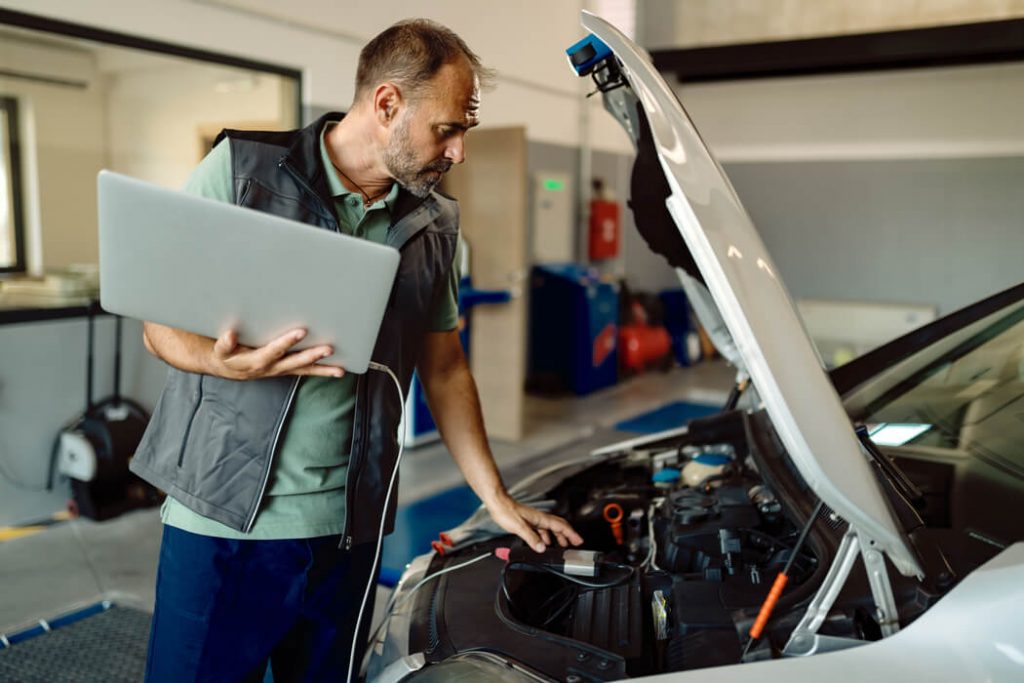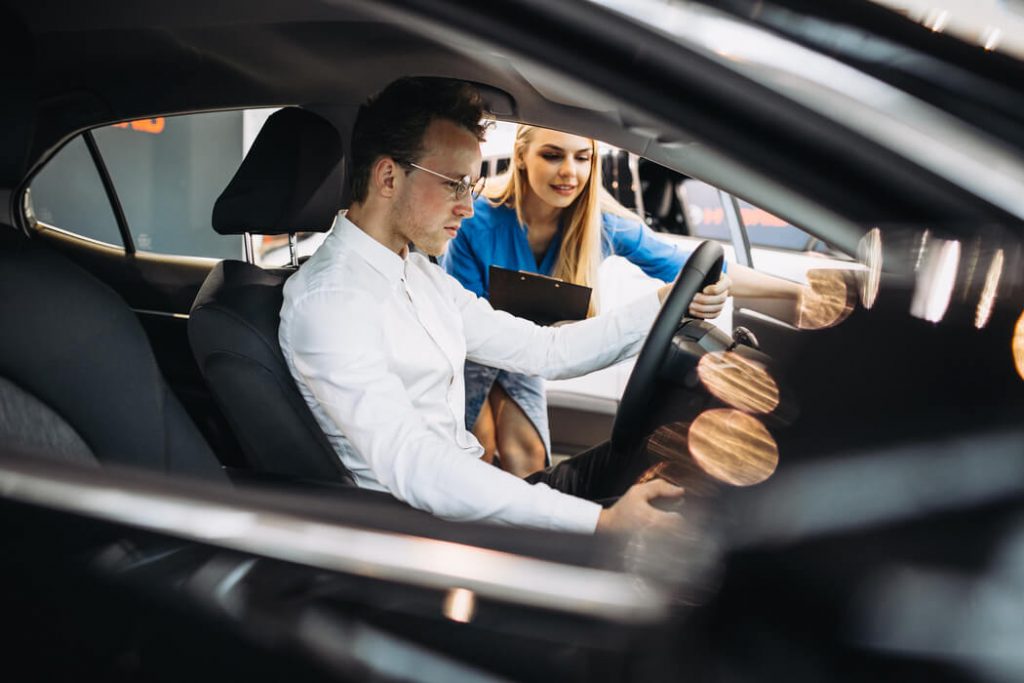Understanding the collision repair process is crucial for anyone who finds themselves needing to restore a vehicle to its pre-accident condition. As appraisers, we bring a unique perspective to what constitutes a thorough and trustworthy collision repair process.
Our experience allows us to identify the hallmarks of quality repairs, guiding vehicle owners toward making informed decisions when selecting an auto body shop. Here is what we believe outlines the best approach to collision repair, ensuring vehicles are returned to their owners in top condition.
The Complete Collision Repair Process Explained (PDF)
Step 1: Detailed Inspection
First, your car goes to a repair shop where technicians do a thorough check-up. They don’t just look at the outside; they use advanced tools to find any hidden damage inside your car. This step is crucial because many cars might look okay on the outside but have internal issues that could be unsafe.

Step 2: Working with Your Insurance
Next, the repair shop helps you deal with your insurance company. This step involves more than just filing a claim; it’s about understanding what your insurance covers. A surprising number of people don’t fully know their coverage details. The repair shop acts as your advocate, ensuring you don’t pay more than necessary.

Step 3: Disassembly for Hidden Damages
Once the repair process begins, technicians might discover more damage as they take parts off your car. Finding these hidden issues is important to ensure your car is completely safe to drive once it’s repaired. This might adjust the repair timeline and cost, but it’s all about thoroughness.

Step 4: Ordering Parts
Sometimes, there’s a wait for the necessary parts to fix your car. This delay can be frustrating, but it’s an unavoidable part of ensuring your car is repaired with the right parts. Good repair shops communicate with you about any delays.

Step 5: Structural Repairs
The repair shop then focuses on the car’s structure. Using precision tools and techniques, technicians ensure the frame of your car is perfectly aligned and strong. This step is about safety, making sure your car drives correctly and protects you in case of another accident.

Step 6: Body Repair and Painting
After structural repairs, technicians work on the car’s body, fixing any dents, scratches, and other damage. Then, they paint the repaired areas to match your car’s original color exactly. This process involves both skill and technology to get a perfect match.

Step 7: Reassembly and Systems Check
With painting done, it’s time to put your car back together. This includes reattaching parts and checking all of the car’s systems to ensure everything is working as it should. It’s a detailed process to make sure no small part is overlooked.

Step 8: Quality Control and Test Drive
The repair shop conducts a full quality control check, which includes a test drive. This step ensures that the repairs meet their standards and that your car performs well on the road, just like it did before the accident.

Step 9: Cleaning and Final Touches
Before you get your car back, the shop cleans it inside and out. This cleaning isn’t just about making the car look nice; it also gives the technicians a chance to go over their work one last time, ensuring everything is perfect.

Step 10: Your Car Is Returned
Finally, your car is ready to go back to you. This moment is more than just a transaction; it signifies that your car has been carefully repaired, inspected, and is safe for the road again.

Conclusion: Back on the Road with Confidence
The collision repair process involves many steps, each designed to ensure your car is as safe and reliable as it was before the accident. With a clear understanding of each phase, you can go through this process with confidence, knowing your car is in good hands.
Ready to feel secure and comfortable in your freshly repaired car?



